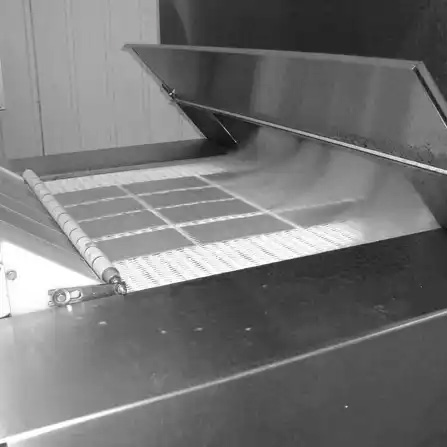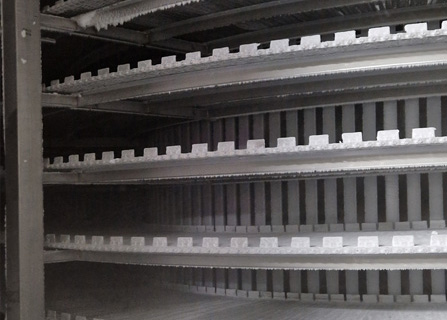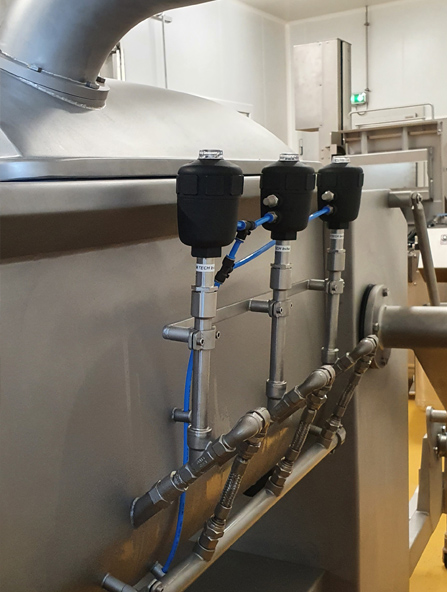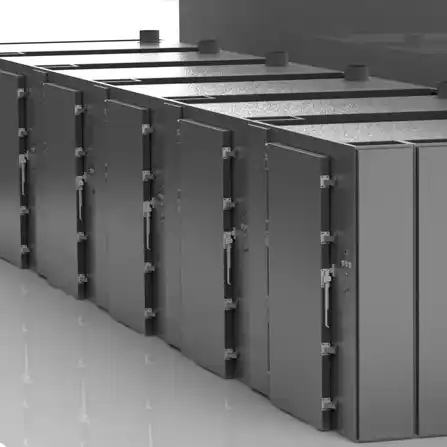A cryogenic freezer for any business
A cryogenic freezer use very low temperatures to preserve materials. The extreme cold in these low temp freezers initiates chemical reactions to achieve specific effects, such as liquefying or solidifying gases, for storage or transportation purposes. We talk about cryogenics when the freezing process reaches temperatures of -150 °C or lower. The exact temperature depends on the materials to be processed, and the specific requirements of the customer. A wide range of cryogenic freezers opens up a world of possibilities.
The benefits of a cryogenic freezer
The process of cryogenics had been extensively tested and further perfected throughout the years. The continued interest in improving and expanding the range of cryogenic freezers is no coincidence. Indeed, this technology has many advantages.
- With temperatures typically ranging from -40 °C to -196 °C, a cryogenic freezer is a lot colder than a regular freezer. At these low temperatures, food, biological samples and other materials are much better preserved. This, among other things, slows down or even prevents the growth of micro-organisms and reduces the risk of contamination of stored biological samples.
- The sophisticated cryogenic process prevents loss of texture, flavor and nutrients.
- The quick freezing process prevents crystallization and preserves the cell structure.
- A cryogenic freezer is developed and built with attention for energy efficiency. On top of that, at these extremely low temperatures, no refrigerant can evaporate.
- Modern cryogenic freezers operate automatically and the freezing process is constantly monitored. By adjusting numerous parameters, such as the temperature, you can create optimal storage conditions.
How does a cryogenic freezer work?
A cryogenic freezer is an industrial device that primarily uses liquid nitrogen or liquid CO² for rapid cooling or freezing. Products are exposed to the cryogenic medium through injection or direct immersion in a super-insulated chamber.
A cryogenic freezer for many sectors
- food industry
- recycling
- metal industry
- pharmaceutics and cryobiology
- chemical industry
- ...
Which cryogenic freezer do you need?
From compact box freezers to industrial spiral or tunnel freezers: the wide range of cryogenic freezers has a suitable solution for every application. Discover which model will suit your needs. We are, of course, happy to help you make the best choice.
Cryogenic tunnel freezer
A tunnel freezer contains a closed conveyor belt. This type of cryogenic freezer is ideal for quickly cooling and freezing foods, among other things. The length of the tunnel is adjusted, depending on the processing speed and the required final temperature. Various sensors monitor the temperature at different places in the tunnel freezer. Together with a check of the gas emissions, this guarantees a correct cryogenic process and a high quality of the end product.
Spiral freezers
A cryogenic spiral freezer works a bit slower, but it can contribute to fast production with its very large capacity. This system consists of a conveyor belt that revolves around a rotating drum. Foods are fed onto the belt at the bottom of the drum, and rotate in a spiral to the discharge side at the top.
Box freezer
Cryogenic box freezers exist in different volumes and sizes. This makes box freezers suitable for the safe preservation of various goods, such as medical samples or temperature-sensitive food products. Their reliable temperature stability is perfect for the long-term storage of, for example, stem cells or plant seeds.





